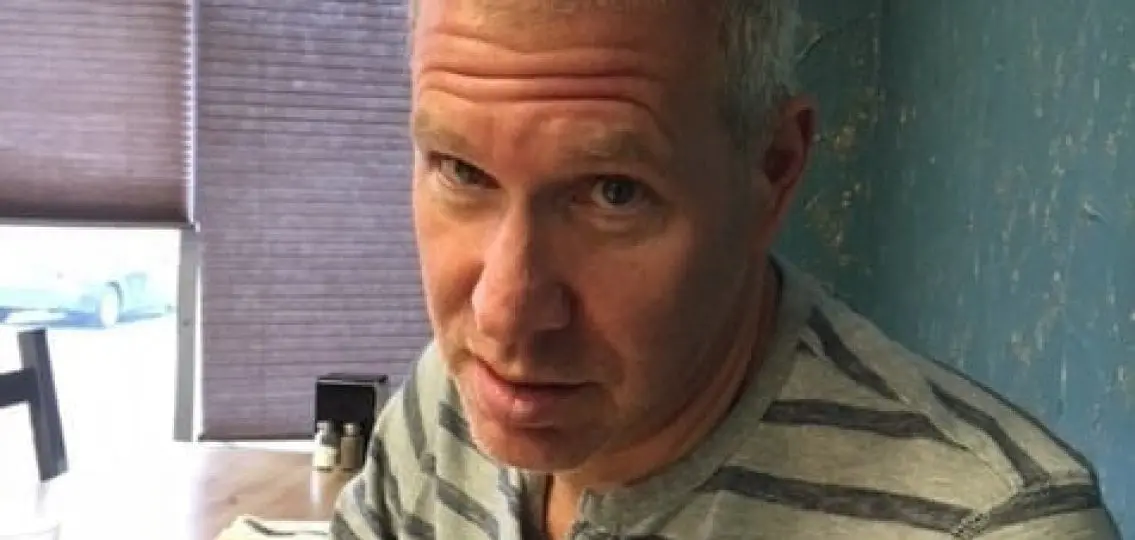“Your chewing is hurting me.”
My 12-year-old daughter covered her ears with her hands and closed her eyes as if in pain. I sat at the kitchen table, nibbling on a ham and cheese sandwich, feeling confused.

I know that we have been spending a lot of time together thanks to the pandemic, but her reaction seemed a little extreme.
Did the sounds of me munching on a sandwich really cause her physical pain? Was she really that bothered by the sound of chewing? And if the answer to these questions is yes, what should we do?
It turns out my daughter has a recently identified disorder known as misophonia—a neurological condition that causes an aversion to specific sounds. The onset of the disorder often begins in childhood or adolescence and can cause feelings of annoyance or anger.
Causes of Misophonia
It isn’t known yet how many people have misophonia, but a 2017 study published in Current Biology found identifiable differences in the brains of misophonic individuals. People who have this disorder are often sensitive to the sounds of chewing, crunching, or other similar human noises. Typically, they react to the sounds of people they are closest to, like family members. My daughter’s aversion to sound is mostly related to the noises of her family members chewing during meals. And the pandemic is causing her misophonic symptoms to worsen.
“Previously people with misophonia could escape their triggers by leaving the house,” says Dr. Eric Storch, a clinical psychologist and professor at the Baylor College of Medicine. “But now they are side by side with family members or roommates who are triggering them.”
Storch thinks that tweens and teens living with the condition are more likely to be triggered by family than friends. “You can be honest with your family, maybe more honest than you should be,” he says. “I also think the frequency and proximity to your family members impact the reaction.”
How to Live with Misophonia
What causes misophonia? The cause is unknown, but Dr. Storch explains that there is a high co-occurrence with other psychological disorders, such as anxiety, obsessive-compulsive disorder, and Tourette syndrome.
“Clinically I have seen high rates of people with misophonia and conditions that are associated with emotional dysregulation like depression,” Storch says.
Storch explains that people who have this disorder are always anticipating the next trigger, living their life waiting for the next sound that will make them uncomfortable.
There are several strategies that are proving to be helpful in treating misophonia, including cognitive-behavioral therapy and visual imagery. The focus of CBT treatment is on teaching the misophonic person ways they can regulate the effects of their misophonia and how to relax rather than anticipate triggers. This way, they learn how to live with misophonia.
“Therapy that focuses on thinking things through objectively can be helpful, as can learning how to deal with things in a more direct fashion since you can’t leave your family,” says Stroch.
Visual imagery, which involves visualizing a different association with a distressing sound, can also be effective. “When you hear a chewing sound you can imagine a different visual and unpair the sound from where it is coming from,” explains Stroch.
Other forms of treatment may include tinnitus retraining therapy (TRT), music therapy, and occupational therapy. “This is still something we are trying to investigate and understand,” Storch says.

While researchers work on developing a better understanding of this condition, my daughter has found a new strategy for how to live with misophonia is not only effective, it’s simple: she wears noise cancelling headphones when the sounds are bothering her.




